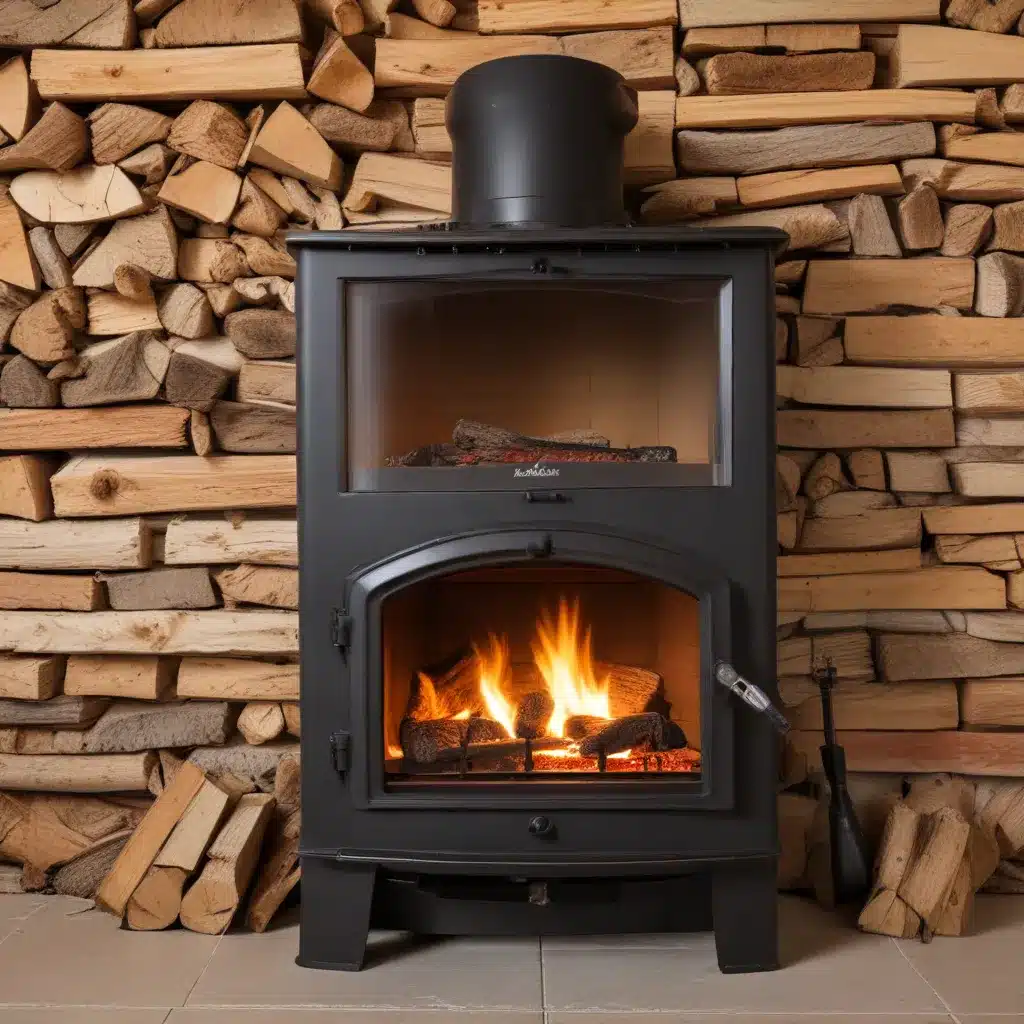
Understanding the Importance of Proper Wood Stove Installation and Maintenance
Heating your home with a wood stove can be an efficient, cost-effective, and environmentally-friendly solution, but it also requires a deep understanding of safety protocols and regulatory compliance. As a seasoned expert in the field of wood stoves and heating solutions, I’m here to provide you with the necessary insights to ensure a worry-free wood heating experience.
The installation and maintenance of a wood stove are crucial aspects that often get overlooked, but can have serious consequences if not handled properly. Improper installation or neglected maintenance can lead to dangerous situations, such as house fires, carbon monoxide poisoning, and even explosions. That’s why it’s essential to familiarize yourself with the local codes, regulations, and safety best practices to keep your family and home safe.
Navigating the Regulatory Landscape for Wood Stove Installation
Before you even consider installing a wood stove, it’s important to thoroughly understand the regulatory requirements in your area. Different regions may have specific guidelines and permits that need to be obtained, and it’s crucial to ensure compliance to avoid any legal or safety issues down the line.
One of the key regulatory bodies to be aware of is the National Fire Protection Association (NFPA), which publishes the NFPA 211 standard for the installation of chimneys, fireplaces, vents, and solid-fuel-burning appliances. This comprehensive standard outlines the necessary clearances, ventilation requirements, and other critical safety measures that must be followed during the installation process.
Additionally, many local municipalities and building authorities have their own set of codes and regulations that wood stove owners must adhere to. These can include zoning laws, building permits, and specific guidelines for the placement, clearance, and ventilation of the wood stove. It’s essential to research and understand these local requirements before initiating any installation work.
To ensure a smooth and compliant installation process, it’s highly recommended to work with a licensed and experienced wood stove installer. These professionals are well-versed in the applicable regulations and can guide you through the necessary steps to ensure your wood stove meets all safety standards. By relying on the expertise of a qualified installer, you can minimize the risk of any issues and enjoy the benefits of your wood stove with peace of mind.
Prioritizing Wood Stove Safety: Preventive Measures and Maintenance
Beyond the initial installation, maintaining the safety and proper functioning of your wood stove is an ongoing responsibility. Neglecting regular maintenance and safety checks can lead to potentially hazardous situations, such as increased risk of house fires, carbon monoxide leaks, or even explosions.
One of the most critical preventive measures is the regular inspection and cleaning of your wood stove’s chimney or flue. Over time, creosote – a highly flammable byproduct of wood combustion – can build up in the chimney, increasing the risk of a chimney fire. It’s recommended to have your chimney professionally inspected and cleaned at least once a year, or more frequently if you use your wood stove extensively.
Another important safety consideration is the placement and maintenance of your wood stove itself. Ensure that the stove is positioned a safe distance from any combustible materials, such as walls, furniture, or draperies, as per the manufacturer’s instructions and local regulations. Additionally, regularly check the condition of the stove’s gaskets, door seals, and other components to ensure they are functioning properly and preventing any air leaks.
Investing in reliable combustible gas detectors can also enhance the safety of your wood heating system. These devices can provide an early warning in the event of a gas leak, allowing you and your family to evacuate the premises quickly. Look for detectors that are certified by reputable organizations, such as Underwriters Laboratories (UL), to ensure they meet the highest safety standards.
Sustainable Heating Solutions: Exploring Alternative Fuel Sources
While wood stoves can be an efficient and eco-friendly heating option, there are also other sustainable heating solutions worth considering. One alternative fuel source that is gaining popularity is pellet stoves, which burn compressed wood pellets instead of traditional logs.
Pellet stoves offer several advantages, including:
– Higher energy efficiency: Pellet stoves typically have a higher thermal efficiency compared to traditional wood stoves, making them a more cost-effective and environmentally-friendly heating solution.
– Automatic feeding: Pellet stoves often feature an automatic feeding system, which eliminates the need for manual loading and reduces the physical effort required to operate the stove.
– Reduced emissions: The controlled combustion process of pellet stoves results in lower emissions, making them a cleaner heating option.
Another sustainable heating alternative is the use of geothermal heat pumps, which harness the natural heat from the earth to provide heating and cooling for your home. These systems are highly efficient and have a significantly lower environmental impact compared to traditional heating methods.
When exploring alternative heating solutions, it’s crucial to research the local regulations and safety requirements, as they may differ from those applicable to wood stoves. Additionally, consider factors such as installation costs, ongoing maintenance, and the long-term energy savings to determine the most suitable option for your home and needs.
Conclusion: Embracing a Safer and More Efficient Heating Experience
Ensuring a worry-free wood heating experience requires a comprehensive understanding of regulatory compliance, safety protocols, and ongoing maintenance. By prioritizing these crucial aspects, you can enjoy the benefits of a wood stove or alternative heating solution while minimizing the risks and ensuring the safety of your family and home.
Remember, your safety is the top priority, and it’s essential to work with licensed professionals, stay informed about the latest regulations, and maintain your heating system diligently. By following these guidelines, you can confidently embrace a safer and more efficient heating experience, contributing to a more sustainable and comfortable living environment.
For more information on wood stoves, heating solutions, and energy efficiency, I encourage you to visit our comprehensive website and explore the wealth of resources available. Together, let’s ensure a worry-free wood heating experience for years to come.


